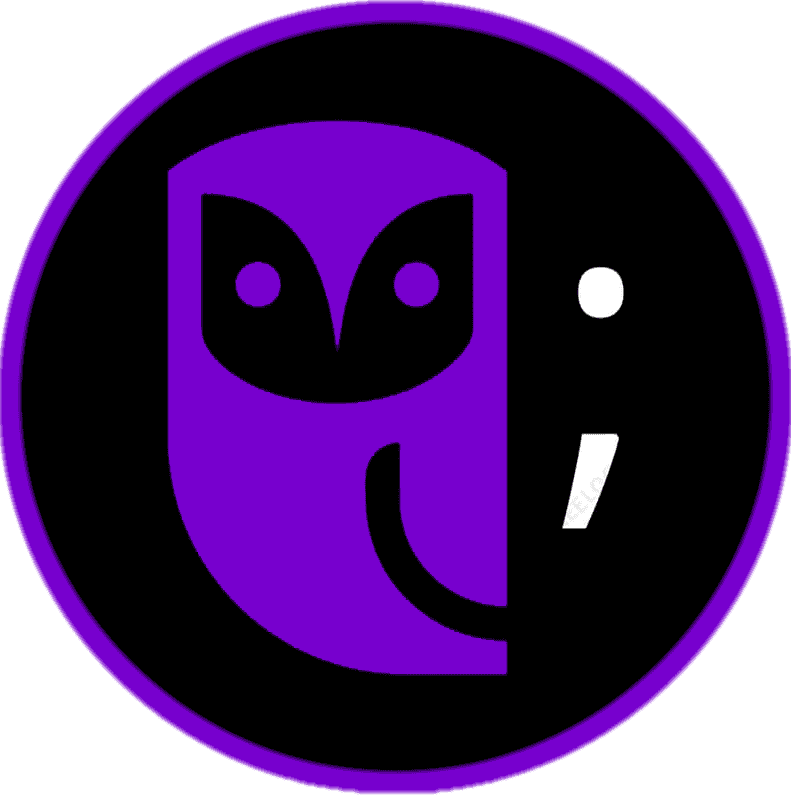Web Accessibility Compliance Standards: Ensuring Universal Access
Reading time: 7 minutes
Table of Contents
- Understanding WCAG: The Framework for Accessibility
- Levels of Compliance
- Legal Compliance: What Does Framework Mean for Accessibility?
- SEO Benefits: A Hidden Advantage
- Ethical and Economic Benefits
- Framework Examples in Action
- Authentication Methods: Ensuring Secure and Accessible Access
- Identity Authentication and User Authentication
- Phone Password Ideas and Strong Authentication
- Building Accessible Web Applications
- Best Practices for Accessible Web Applications
- Integrating Web Development Frameworks
- Advanced Topics in Web Accessibility
- Accessible Authentication Methods
- Progressive Enhancement
- Regular Audits and Updates
- Final Thoughts: The Future of Web Accessibility and Frameworks
Web accessibility is essential for creating an inclusive digital environment where all users, including those with disabilities, can access and interact with content without barriers. Compliance with web accessibility standards is not only a moral imperative but often a legal requirement as well. Here’s a comprehensive breakdown of key aspects and benefits of adhering to web accessibility compliance standards, intertwined with the latest trends and best practices in web development frameworks.
Understanding WCAG: The Framework for Accessibility
The Web Content Accessibility Guidelines (WCAG) are the gold standard for web accessibility. Developed by the World Wide Web Consortium (W3C), these guidelines are internationally recognized and provide a web framework for making web content more accessible to people with disabilities, including visual, auditory, physical, speech, cognitive, language, learning, and neurological disabilities.
Levels of Compliance
WCAG guidelines are organized into three levels of compliance: A (lowest), AA, and AAA (highest). Most organizations aim for Level AA, which balances significant accessibility improvements with technical feasibility. Understanding what does framework mean in this context is crucial for developers aiming to create compliant and inclusive web applications, especially when using tools like Elementor.

Legal Compliance: What Does Framework Mean for Accessibility?
In many regions, including the United States and the European Union, web accessibility is not just recommended but mandated by law. For example, the Americans with Disabilities Act (ADA) in the U.S. requires certain businesses to make their electronic and information technology accessible to people with disabilities. Understanding what is a framework within the legal context is crucial for compliance and avoiding potential lawsuits.
SEO Benefits: A Hidden Advantage
Implementing accessibility standards improves site navigation and structure, which can also enhance search engine optimization (SEO). Search engines favor websites with clear content structure and error-free code, elements that are also crucial for accessibility. When considering what is framework in terms of SEO, it’s clear that accessibility and good web practices go hand in hand. Tools like Elementor can help achieve these standards more efficiently.

Ethical and Economic Benefits
Accessible websites reach a wider audience, enhance the user experience for all visitors, and demonstrate social responsibility. Companies that prioritize accessibility can see a broader customer base and increased customer loyalty.
Framework Examples in Action
Several backend frameworks and web development frameworks provide built-in tools and features to enhance web accessibility. For instance, ReactJS, VueJS, and Angular offer various libraries and components that help developers adhere to WCAG guidelines seamlessly. These framework examples show how integrating accessibility can be part of the development process from the ground up, similar to how Elementor integrates accessibility features in web design.
To explore these principles in greater depth, including how to implement WCAG standards across various platforms and tools, visit our comprehensive guide to ensuring web accessibility. This resource covers the core standards, best practices, and actionable steps developers and businesses can take to create more inclusive digital experiences that meet both legal and ethical obligations.

Authentication Methods: Ensuring Secure and Accessible Access
Authentication methods are critical in ensuring both security and accessibility. Implementing strong authentication methods that cater to authenticated users, including those with disabilities, is essential.
Identity Authentication and User Authentication
Identity authentication can include various techniques such as biometric verification, multi-factor authentication, and more. Ensuring these methods are accessible involves considering users with disabilities and providing alternatives where necessary. This understanding is key to developing inclusive and secure web applications.
Phone Password Ideas and Strong Authentication
For strong authentication, consider using phone password ideas that are both secure and accessible. This can include SMS-based authentication, voice recognition, or other methods that do not solely rely on visual or tactile inputs. By understanding what is web application security, developers can create robust and user-friendly authentication processes.

Building Accessible Web Applications
Understanding what is a framework is fundamental when building accessible web applications. Developers must incorporate accessibility into every stage of the development process, from initial design to final deployment.
Best Practices for Accessible Web Applications
- Semantic HTML: Use HTML elements as they were intended to be used. This ensures that assistive technologies can interpret and navigate the content correctly.
- Aria Roles and Attributes: These provide additional information to screen readers, making dynamic content more accessible.
- Keyboard Navigation: Ensure all interactive elements can be accessed and operated using a keyboard.
- Color Contrast: Use sufficient color contrast to ensure text is readable for users with visual impairments.
- Responsive Design: Ensure your web application works well on all devices, including those with screen readers and other assistive technologies.
Integrating Web Development Frameworks
To build accessible web applications, leveraging web development frameworks is essential. Framework examples like Django, Flask, and Laravel provide a solid foundation for creating accessible applications. These backend frameworks streamline the development process, offering tools and libraries to meet accessibility standards.

Advanced Topics in Web Accessibility
Accessible Authentication Methods
For a deeper understanding of accessible authentication methods, consider exploring how multifactor authentication can be made more inclusive. This involves not only understanding what is a framework for authentication but also how it can be tailored to meet the needs of all users. This includes implementing voice-based authentication, biometric systems, and ensuring that all methods are usable by individuals with various disabilities.
Progressive Enhancement
Progressive enhancement is a strategy in web design that emphasizes core webpage content first. This method ensures that all users can access the basic content and functionality of a web page, regardless of their browser capabilities or internet connection speed. This strategy aligns well with accessibility principles and ensures that web applications are robust and inclusive. As part of this approach, implementing cross-browser testing strategies can help ensure consistent user experiences across different platforms and devices.
Regular Audits and Updates
Web accessibility is not a one-time task but an ongoing commitment. Regular audits and updates are necessary to ensure that web applications remain accessible as technologies and standards evolve. Utilizing tools like automated accessibility checkers and involving users with disabilities in testing can provide valuable insights and help maintain high accessibility standards.
Final Thoughts: The Future of Web Accessibility and Frameworks
By adhering to web accessibility compliance standards and leveraging modern web development frameworks, developers not only broaden their market reach but also contribute to a more inclusive and equitable internet. It’s crucial for businesses to consider these guidelines not as an afterthought but as a fundamental part of web design and development.
Web accessibility is not just about building websites; it’s about creating an inclusive digital world. Understanding what is web application development in this context means recognizing the importance of every user’s experience. Incorporating strong authentication methods, leveraging backend frameworks, and ensuring compliance with WCAG guidelines can transform how we approach web development.
In summary, integrating accessibility into the core of web development practices ensures that the internet remains a place where everyone can participate, regardless of their abilities. This commitment to inclusivity and continuous improvement is the cornerstone of responsible and forward-thinking web development.

By implementing these strategies and continually adapting to new challenges, developers and businesses can create web applications that are not only compliant but also welcoming and usable for all. This is the true essence of building a digital world that is accessible to everyone. Explore the innovative web development services offered by Owltek Solutions and see how they can help elevate your online presence!
**This post contains affiliate links, meaning I may earn a small commission if you make a purchase through one of them. Rest assured, I only recommend products I truly love. Your support helps keep my creative business thriving — thank you!**
